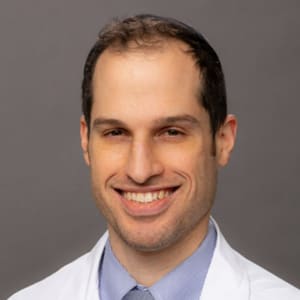
Jeffrey, W Goetz

Roopali Kulkarni

Katherine France
 Jeffrey, W Goetz |  Roopali Kulkarni |  Katherine France |
Jeffrey W Goetz, Roopali Kulkarni, Katherine France
Oral Medicine, University of Pennsylvania Dental Medicine
Introduction
Successful participation by dental students in their clinical oral medicine rotation requires synchronized rapport between patient, student, resident, and attending. Optimal learning and care at this level benefits from proactive chart review, clearly structured roles, and systematic purpose-based communication. As is done in many educational health care settings, the oral medicine team’s approach to facilitate such rapport is through the categorization of communicated patient information through 4 groups of data: 1) Subjective 2) Objective, 3) Assessment and 4) Plan. These groups are collectively remembered by the SOAP acronym. Information structured through a SOAP-note in this way supports education alongside the practice of high-quality clinical oral medicine. The following study outlines the theory and approach for studying SOAP-note methods as imbedded into a SOAP-guided worksheet for use before and during the patient visit. It is hypothesized that, compared to no intervention, this SOAP-guided intervention will provide a more engaging, enjoyable, and meaningful participation for students and residents in the care provided throughout the clinical oral medicine experience.
Methods
An oral medicine SOAP-guided worksheet was created to support dental student and oral medicine resident-lead data organization and clinical action planning before and during the patient appointment. As a pilot study, this prototype worksheet was utilized by author J.G. with students and faculty as a teaching tool during the clinical oral medicine course. Feedback obtained verbally from students, residents, and faculty was then used to update the worksheet for further use in patient care.
Results
The prototype SOAP-guided worksheet for the clinical oral medicine course was seen to be well-received by students, resident, and attendings. The worksheet was seen to encourage students participating as active student doctors with oral medicine care team. It was also seen to enhance the quality of care administered to patients. Constructive feedback on worksheet design led to the addition of section numbering for aid in maintaining linearity of the SOAP-note presentation.
Conclusion
This study led to the creation of a novel educational tool, the SOAP-guided worksheet, that was well-received as a teaching tool during the undergraduate clinical oral medicine course. Given the enthusiasm for this tool, further educational research is now being designed for use of this worksheet by other oral medicine residents and students during the clinical oral medicine course.